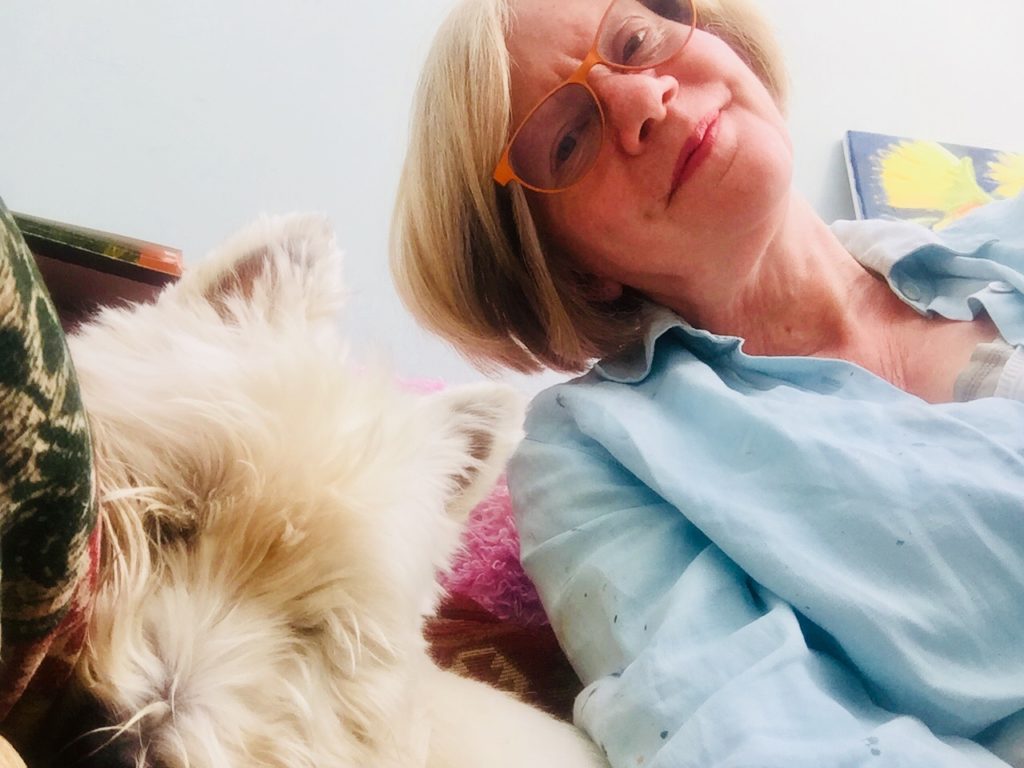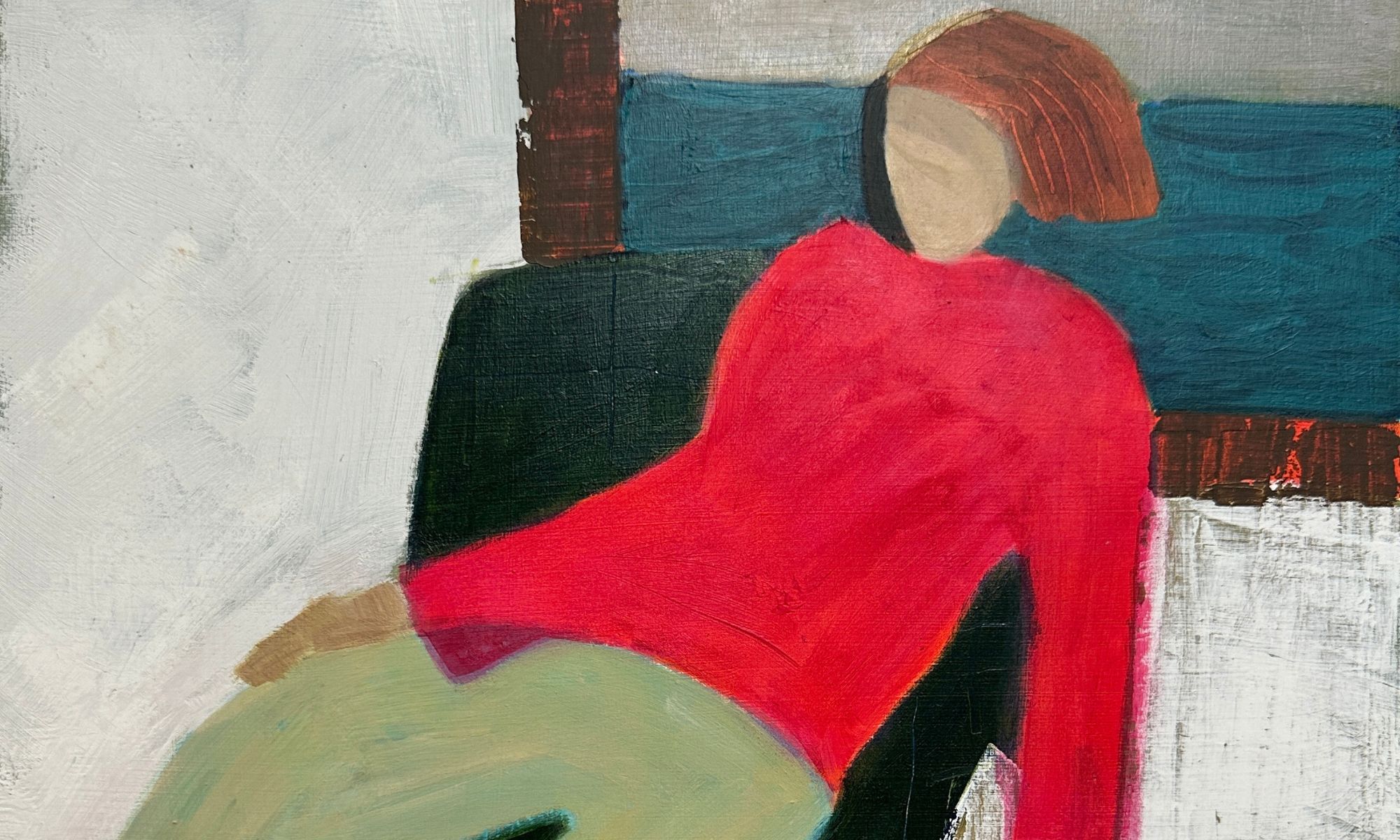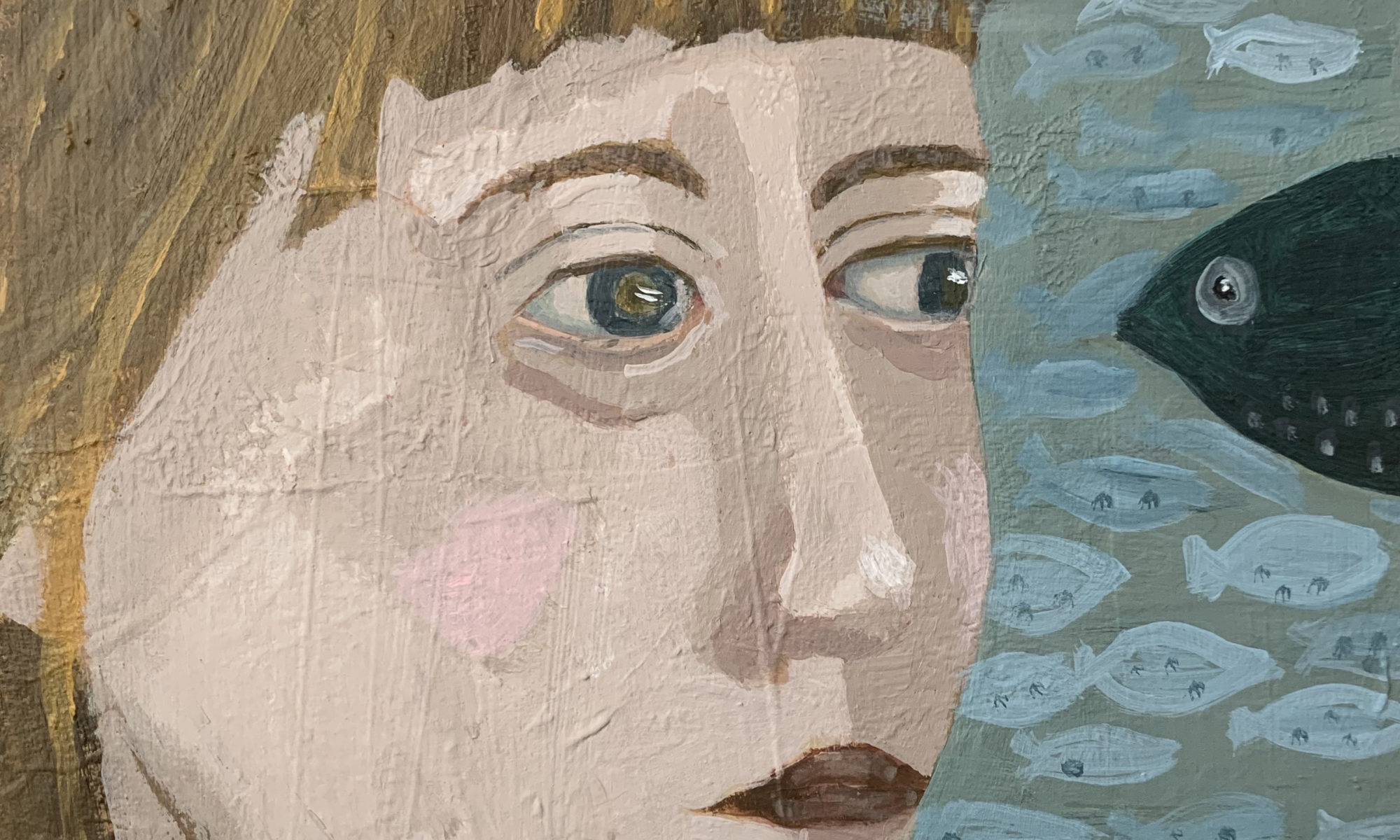2021
Since the beginning of the year I have been working on ten paintings of people. Two of them are finished and have found new homes, eight are almost there. Like many artists I work in a series, that is, I work on a number of paintings at the same time. I have done this before with my abstract work, but not so much with figurative paintings of people, which I’ve tended to do individually. So, I thought it would be useful to try this approach on paintings of people and see how it affects the outcome.
What is a series?
A series is a number of paintings that are often created around about the same time. They will sometimes be about a common theme or share a similar colour palette. Sometimes they are specifically created for an exhibition or event.
Why work in a series?
The benefits of working in a series are many, but here are some of my top reasons:
The paintings tend to look cohesive and hang well together.
You learn about what you like/don’t like and can apply it to all of the paintings.
If you get stuck, you can move to another painting and then come back to the problem one.
It’s fun to see all of the paintings move forward together.
Paintings are often stronger because you learn from one painting and apply the learning to the others.
How do you know when a painting is finished
This is something that artists are often asked, and something that we regularly ask ourselves! For me there are a number of things that I look at. Here are my top 7 tips if you want to check your own paintings or just to think about when you look at art:
1. Does the composition work, is there anything that jars the eye that needs to be changed.
2. Am I happy with the colours or do I want to adjust any of them.
3. Can the viewer’s eye move easily around the painting or does it get stuck somewhere?
4. Is there a variation in edges, I like a mixture of smooth, deliberate and free loose edges.
5. Are there strong value contrasts (light and dark colours), and are they where you want them to be?
6. Does it look good from far away and is it even better close-up?
7. Is everything integrated or do figures look stuck on or lost?
And finally…
Is there anything else you could add or do to make it better? – if not, then it’s done! Put it away for a little while and take it out again later and check again, but if you can’t see anything else to add to it, then your work has finished, that’s it, you’ve made a painting, sit back and congratulate yourself.
I like to remember that I can only make the art today that I know how to make today, this time next month, next year, it may well be different, it might be better, but it will certainly be different and that’s ok.
Here’s what it looks like in reality
I made a short video to show you how this works for me on the 8 paintings I’m finalising at the moment. Please excuse the awful hair, interruption by the dog and shaky camera. I can’t go back and re-record it because a number of the paintings have now moved on, and to be honest, I’d rather be painting than filming. I hope you enjoy it and it makes the process of evaluating paintings clearer.
Stay in the loop

If you’d like to know when a new blog post comes out and get updates on new work, exhibitions, workshops and art tips, please sign up to my mailing list. I won’t bombard you with emails and I will never share your information.

